French wine lovers gather in Miami for a special lesson.
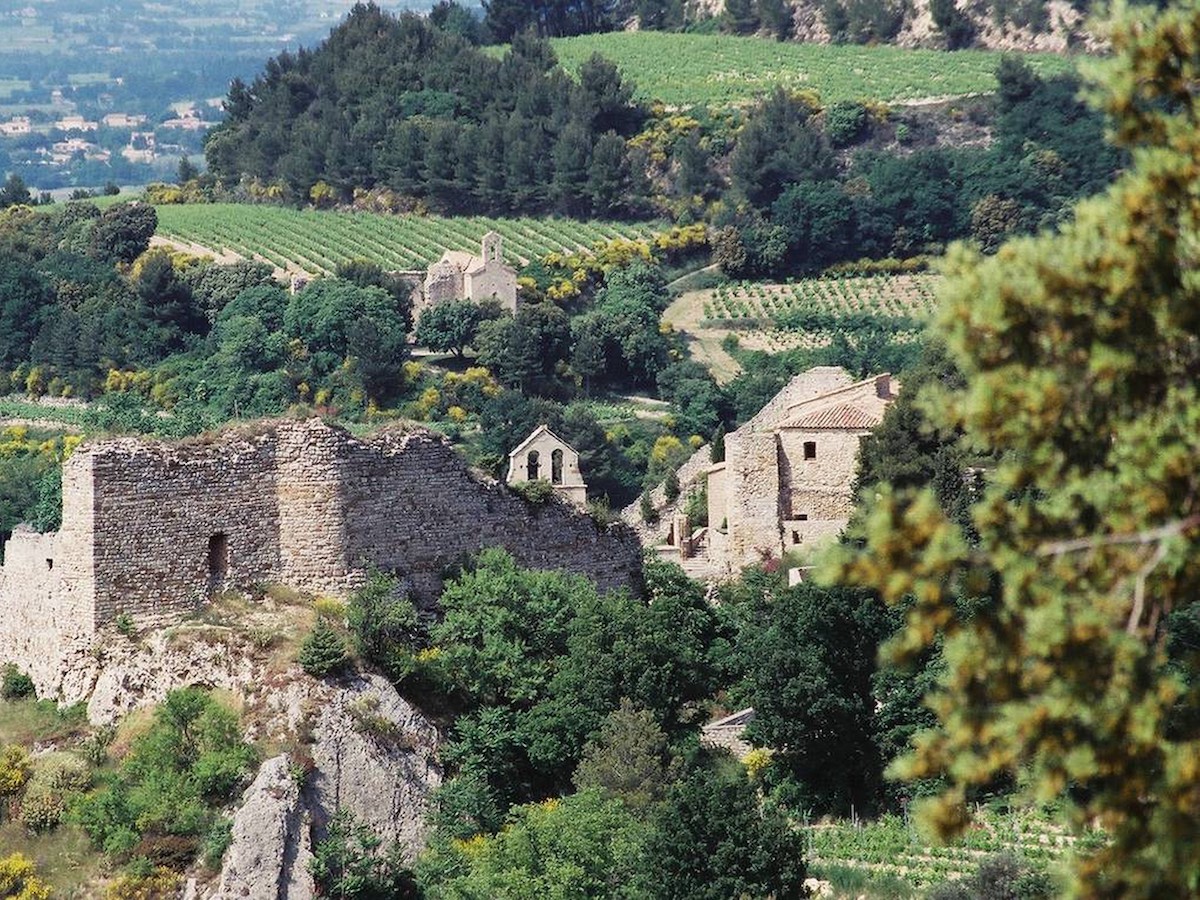
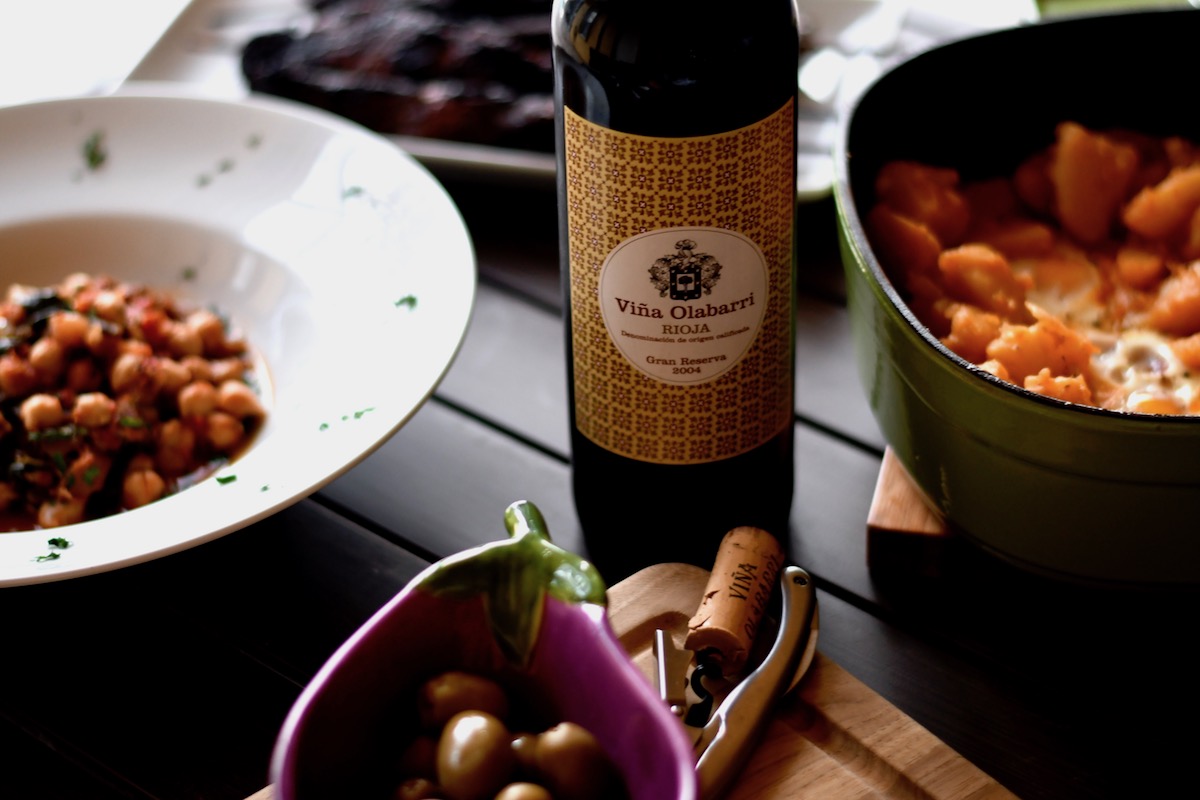
Check out two easy Spanish tapas recipes and some insight about a Rioja Tempranillo wine and preparing for test time.
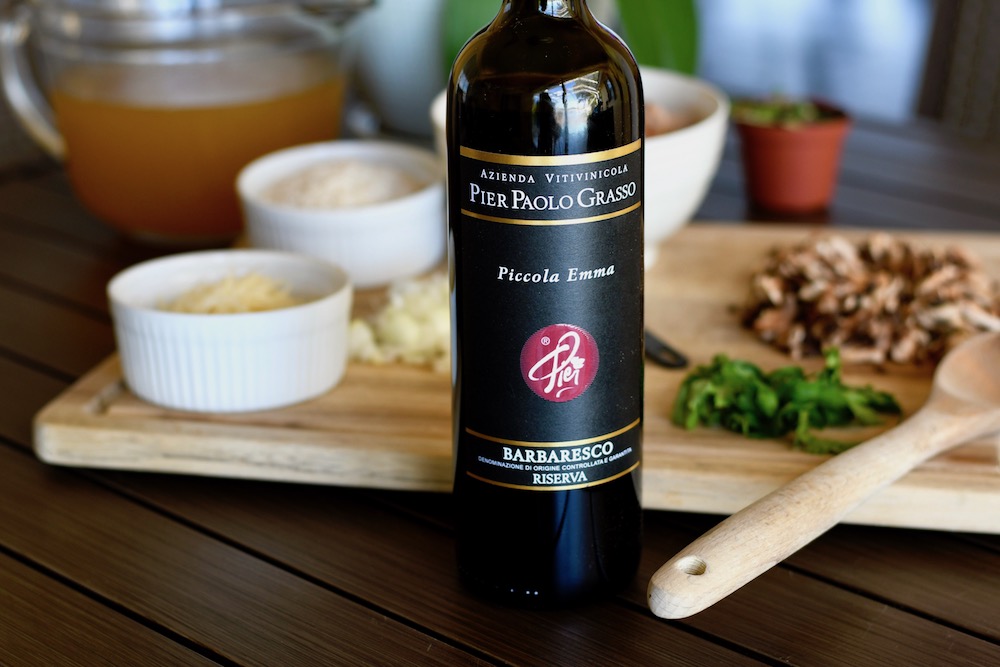
Virtual Travel to a Piemonte vineyard is the perfect way to escape from pandemic-related bad dreams. Enhance your daydreams and enjoy a wine pairing lunch with Barbaresco wine and Risotto with Sausage.
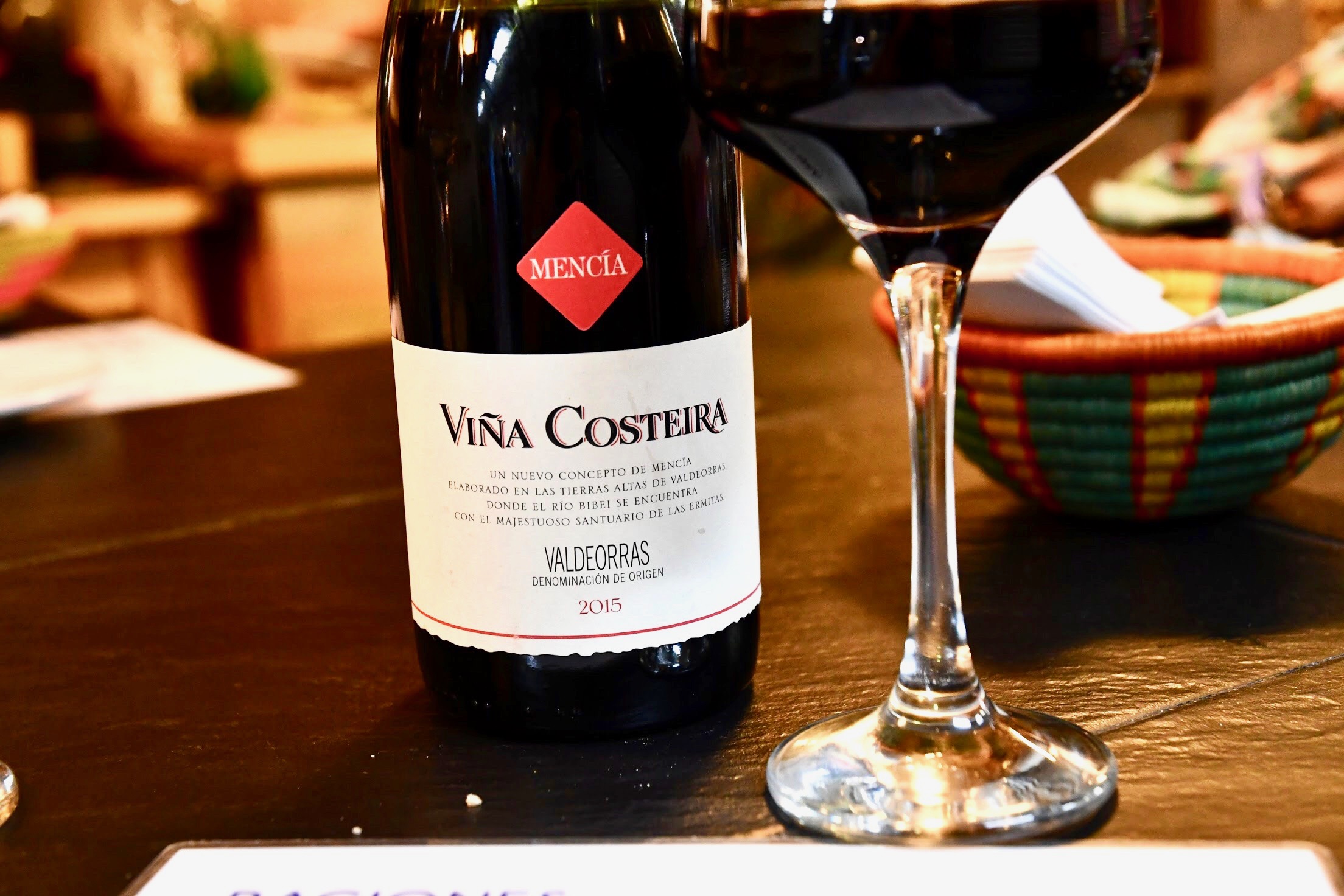
It’s #FoodieFriday and what better way to recover from the post-vacay blues than to indulge in a tasty flashback? I intentionally planned a late morning arrival time in Madrid, so I could…
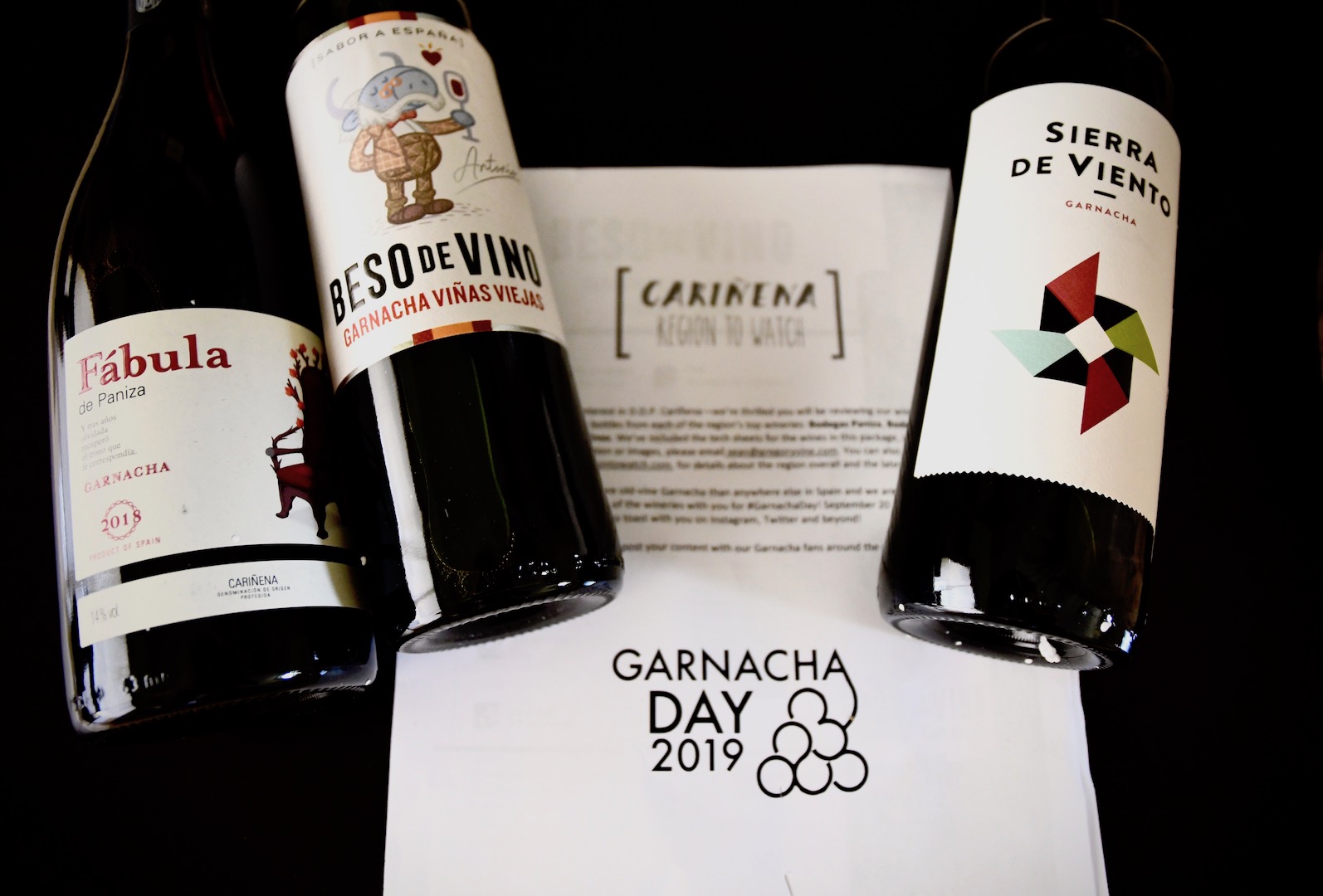
TGIF and Happy #GarnachaDay! Following a hurricane postponement of the Miami Home Show and rushing to get all of my work done and in place before flying to Spain, I began ignoring…
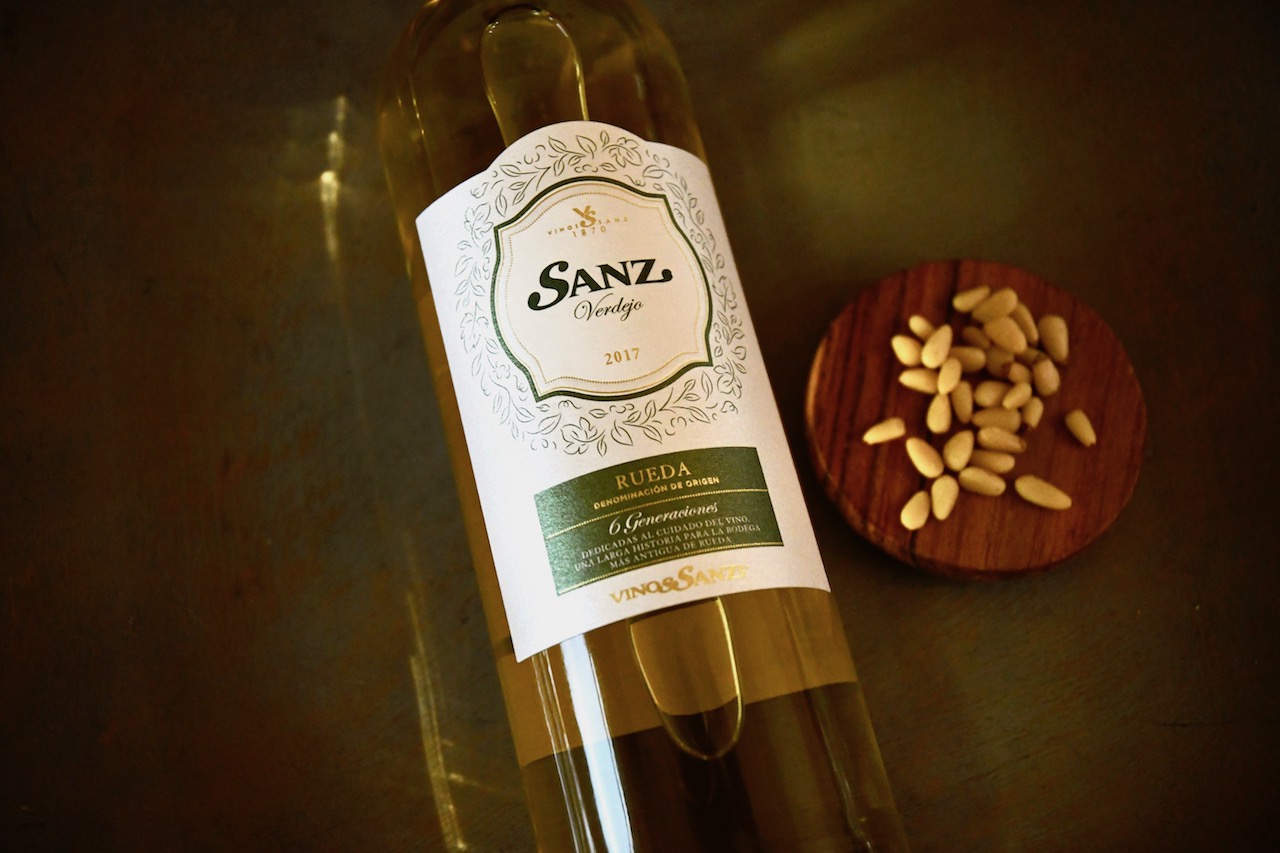
If you’ve been following my Blog or are connected with me on social (@AllegoryPR #MyArtEscape,) you’ll know that I’m slowly making my way through the Society of Wine Educators (SWE) Certified Specialist…

It’s 81°f (27.22°c) in South Florida. With heat on the rise, my palate is definitely springing forward – grilling and chilling with a glass of rosé in my hand and swapping out…

It’s been awhile since I blogged or spent time in my kitchen, apart from preparing something quick for the sake of sustenance and getting me through one work day and into the…

It’s not a typo, but a fascinating detail behind the story of Fantesca wine. I love wine stories! So, before we begin, take a sip of “Hope” (or one of the other…